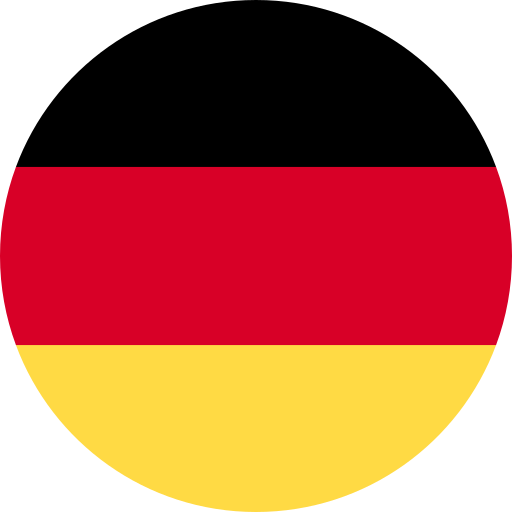Rigid-PCBs
Rigid PCBs are the most common type of circuit board and provide a stable and firm foundation for electronic circuits. They are typically made from a rigid material like FR4, offering high strength and stability. These PCBs can exhibit a variety of layers and material combinations depending on the application to meet power capacity, signal processing, and heat dissipation requirements. They are used in a wide range of applications, including consumer electronics, computer hardware, automotive technology, and industrial electronics. Their stability and robustness make them a preferred choice for standard applications that do not require flexibility.
| Feature | Specification |
|---|---|
| FR4, High-TG FR4, CEM1, CEM3, Polyimide | |
| Layer | 1 to 20+ layers (depending on complexity) |
| Board Thickness | 0.4 mm to 3.0 mm |
| Copper Foil | 2–105 µm (standard: 18 or 35 µm) |
| Treatment | ENIG, OSP, Immersion Silver/Tin, HASL |
| Solder Mask | Green, Blue, Red, Black, White |
| Application | Consumer Electronics, Computer Hardware, Automotive, Household Appliances, Industrial Electronics |
Applications
-

Computertechnik
Rigid PCBs bilden die Grundlage für Motherboards, Grafikkarten und Server. Sie bieten eine langlebige, stabile Plattform für komplexe Schaltkreise mit hoher Leistung.
-

Medizintechnik
In MRT-Scannern, CT-Geräten und Diagnosesystemen sorgen Rigid PCBs für präzise Signalverarbeitung und zuverlässige Performance in sensiblen Anwendungen.
-

Industrie
Maschinensteuerungen, Robotik und Automatisierungssysteme setzen auf Rigid PCBs für robuste, hitzebeständige und langlebige Elektronik.
-

Telekommunikation
Router, Switches und 5G-Basisstationen nutzen Rigid PCBs für eine stabile, störungsfreie Signalübertragung in Hochgeschwindigkeits-netzwerken.
-

Luft- und Raumfahrt
Satelliten, Navigationsgeräte und Avioniksysteme erfordern zuverlässige Rigid PCBs, die extremen Temperaturen und Belastungen standhalten.
Features
Discover the advanced capabilities Lexington can deliver.
- Vias
- Conductive pathways interconnecting PCB layers.
- Surface Finish
- High-quality surface treatments to enhance solderability and protect the board.
- PCB Controlled Impedance
- Innovative systems for precise impedance control in PCB manufacturing.
- Heavy Copper
- Thick copper layers for superior current handling and heat dissipation.
Frequently asked questions
Can’t find the answer you’re looking for? Reach out to our customer support team
